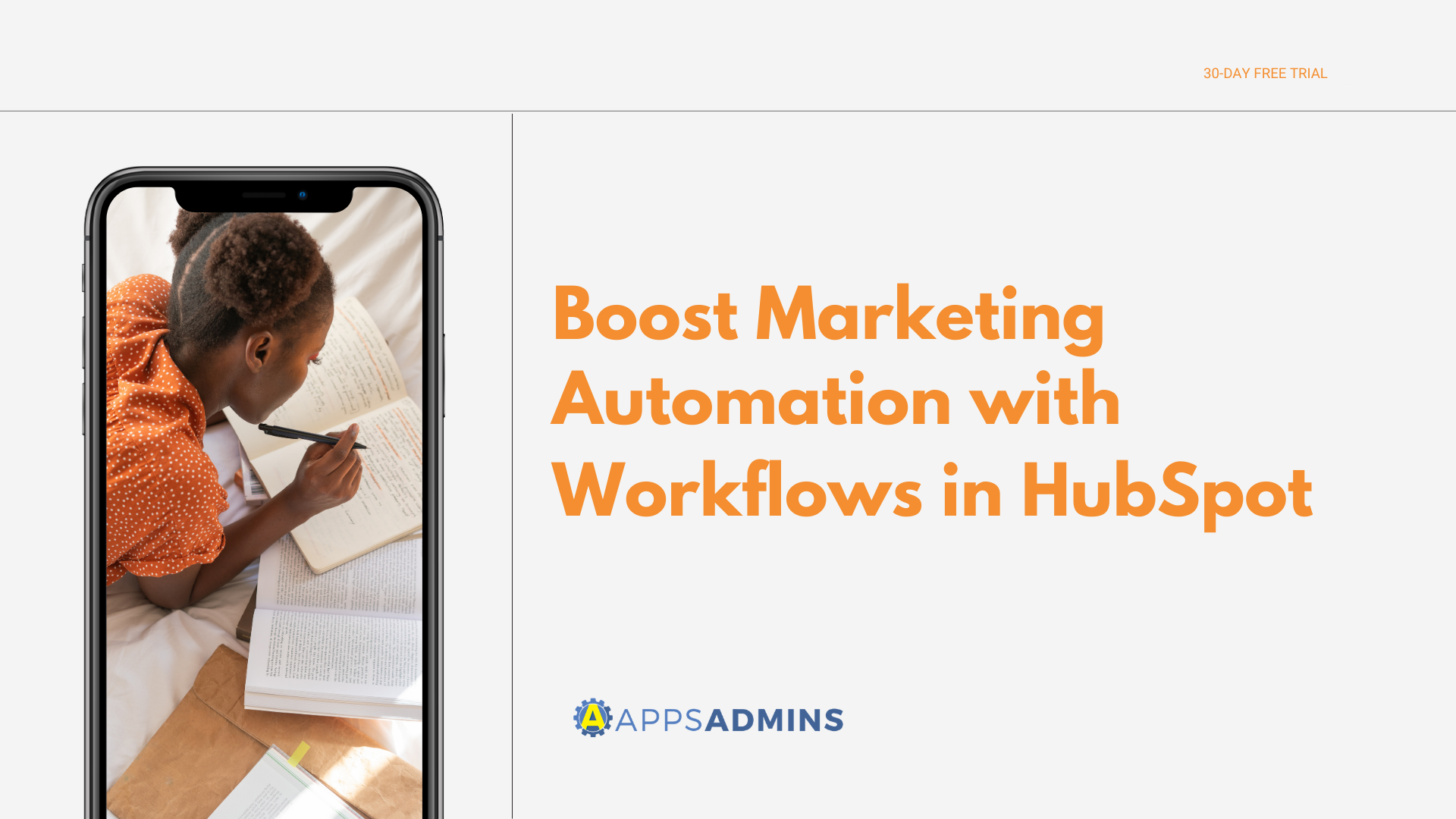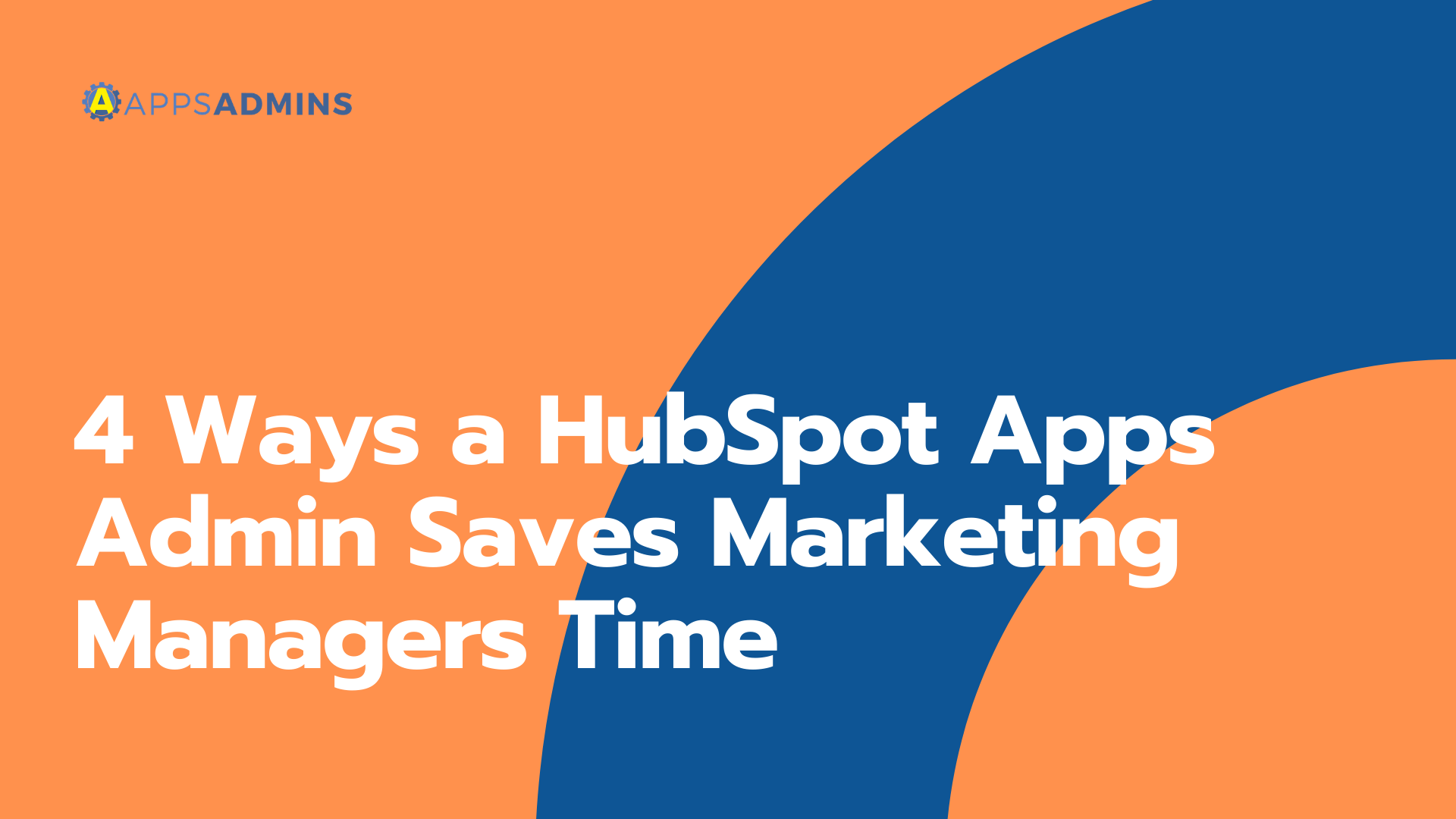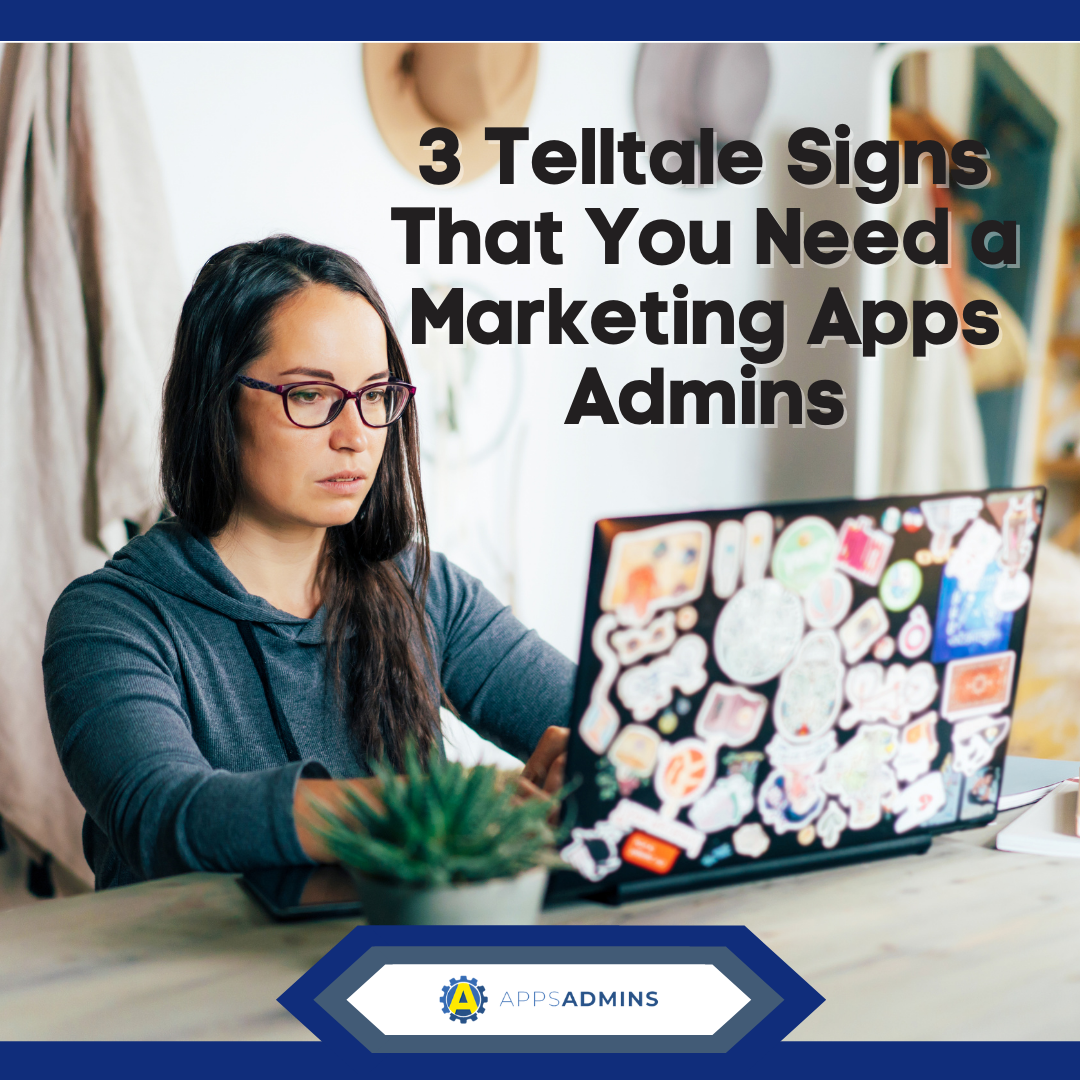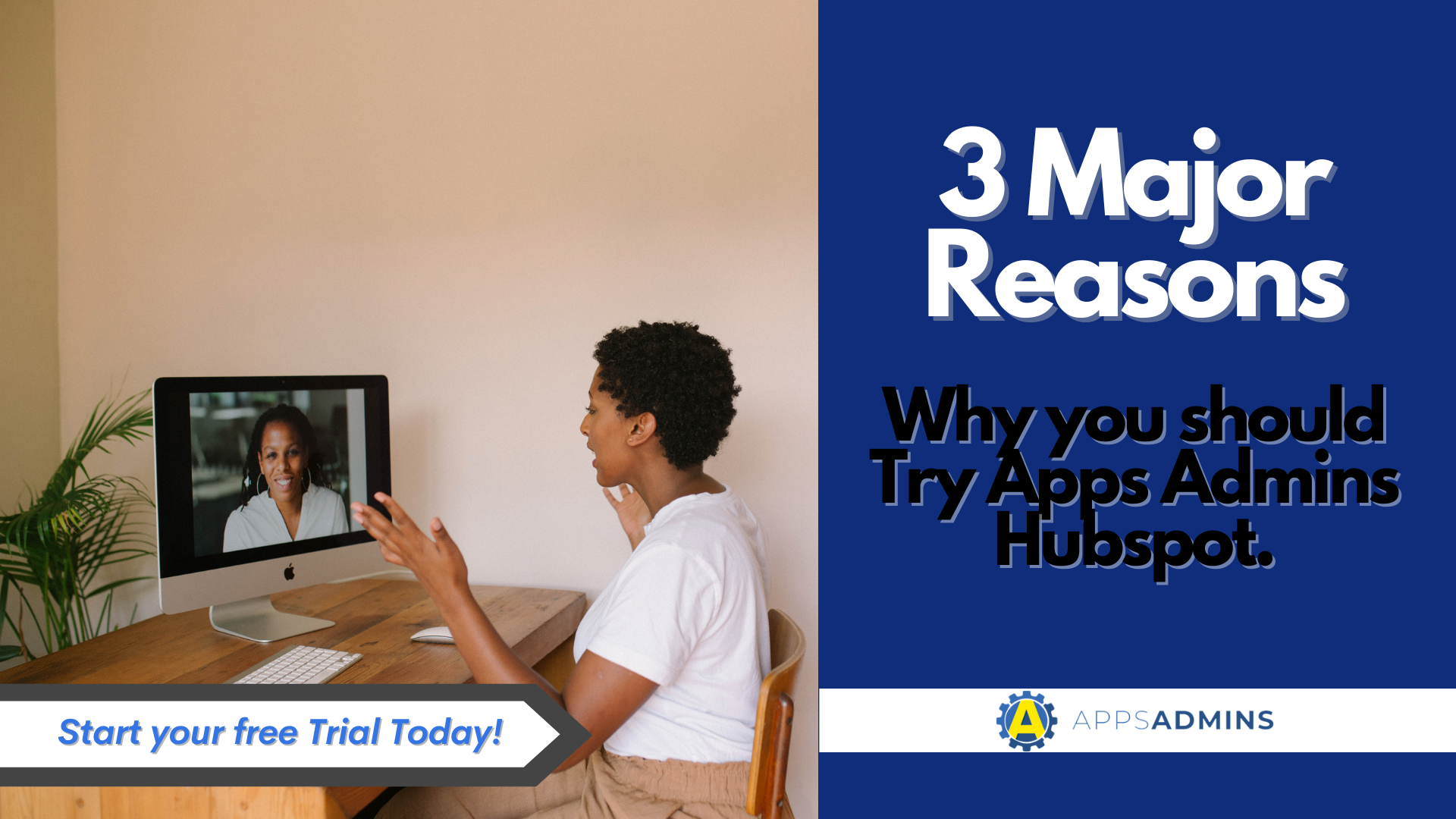G Suite Business Free for 30 Days
Sign up for a Free 30 Day Trial of G Suite Business and get Free Admin support from Google Certified Deployment Specialists.

 Inbound marketing has slowly become a standard for businesses as a refreshing way to attract customers rather than seeking them out. Outbound marketing has certainly been around long enough to become mainstream, but it's reached a point where it has limitations. As the business world becomes increasingly more crowded, trying to get noticed amid competitors is far more challenging.
Inbound marketing has slowly become a standard for businesses as a refreshing way to attract customers rather than seeking them out. Outbound marketing has certainly been around long enough to become mainstream, but it's reached a point where it has limitations. As the business world becomes increasingly more crowded, trying to get noticed amid competitors is far more challenging.
Since outbound techniques use flashy techniques to woo customers, this marketing style can easily get lost within all the noise. That's especially true online where outbound digital advertising is sometimes obtrusive and occasionally deemed spam.
When applying inbound tactics, you create content attracting customers to you. If this sounds like it's relatively easy to do, you still need specific fundamentals to make the process work successfully.
Here's four fundamentals to inbound that make our customers successful without fail. Following these carefully, you'll realize inbound marketing is here to stay.
1. Attracting Users
How do you attract people to your business through content? You do it by creating material your targeted demographic relates to. This basically comes down to pain points you know bring an emotional reaction in the viewer or reader.
To find these pain points, you have to create customer personas first so you thoroughly understand your audience. You do this by researching existing customers or interviewing new ones to get an idea of who they are. Doing this, you find out valuable personal information like what their buying habits are, how much they're willing to spend, and what kind of products they prefer.
These are just some of the things you need to discover, and asking broad questions can help you find out as much as you can. The more you know, the better your content in blogs, social media content, or videos.
Also, don't forget proper SEO in getting your content to the top of search engines so prospective customers find you.
2. Converting Users
The next step after attracting people is to convert them to a sale. You can do this through forms, calls to action, landing pages, and organizing contact information.
Using forms is an effective way to convert, especially when you have users fill out a form to obtain exclusive content. Calls to action customarily end all inbound content, whether it's a blog, a whitepaper, or a marketing video.
With landing pages, you fulfill the promise given in the call to action. Afterward, the data you receive in the form should have safe storage so you can use it later to create follow-up content.
3. Closing the Sale
Now you'll want to close the deal on a sale, though you need the right tools to do it. As mentioned above, you need to properly store you customer data so it's easy to analyze and access. CRM software helps considerably on this because it gives you fast ways to contact prospective customers.
Sending carefully timed emails can also close a sale, and they work well in the inbound process for sending further content. Automated marketing helps here to save you time, yet still employing targeted content you know leads will gravitate to.
4. Delighting Customers
Utilizing the word "delight" might sound old-fashioned, but it's a common term to denote inbound content you know customers like and benefit from. Things like surveys, targeted calls to action, tailored content, and reaching out on social media brings surprises your customers may not expect after a sale.
Inbound marketing needs to integrate with entertainment so all your customers stay tuned in while still relating to the content on a personal level.
Contact us here at Coolhead Tech to learn about our business apps management service and how inbound marketing can attract the demographics you want.
.jpg?width=818&name=appsadmins-svg-rules-1%20(2).jpg)







